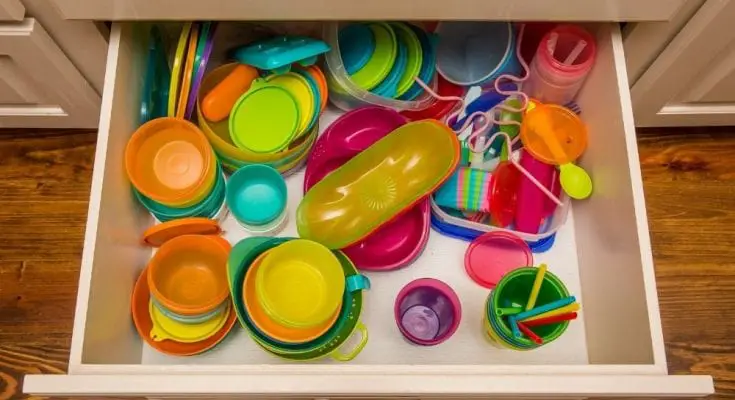We use a lot of different products in our homes, and many of us don’t even stop to read up on their ingredients. Believe it or not, there are thousands of chemicals in both the things we use every day and the environment around us—many more than just bleach and lead. While several of these materials aren’t dangerous in small doses, they can still pose a threat that’s worth a little research. These are some common household toxins you didn’t know about.
Phthalates
To begin, phthalates are polymorphic substances added to plastics to increase their flexibility and durability over time. As such, you can often find them in cookware and Tupperware containers. Some of these materials can leach from the plastic onto the food that it’s storing—which can have endocrine-blocking effects on the body. Phthalates are also present in many synthetically scented candles and air fresheners.
Perfluorooctanoic Acid
Your non-stick pans also contain a substance you should take note of. Perfluorooctanoic acid is a material that helps prevent sticking on the pan’s surface. However, it also has the potential to contaminate your food. Fortunately, this can only happen if you begin to scrape away the non-stick layering. When intact, these products are harmless.
Palytoxin
If you keep a reef aquarium in your home, another common household toxin you didn’t know about is palytoxin. A specific type of coral, known as Zoanthus, releases this chemical, and it can seep into the skin upon direct contact with the specimen. Palytoxin poisoning can result in a plethora of symptoms, including fever, rash, or respiratory distress. So take special care if you’ll be handling these organisms.
Ammonia
You can even find ammonia hiding in unlikely places inside your home if you look hard enough. Its abrasive nature makes it a particularly effective ingredient in glass and window cleaners, which is why these mixtures can irritate the skin upon contact. For this reason, it’s best to use these products conservatively and avoid spraying them near people and pets.



